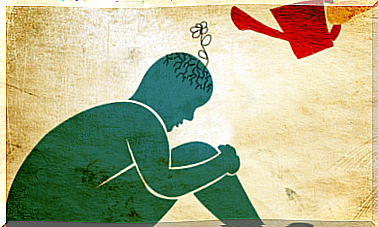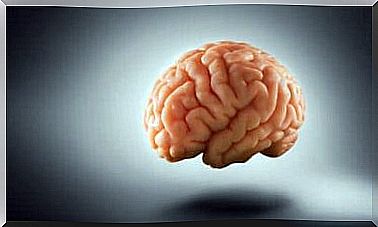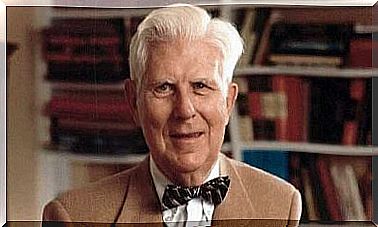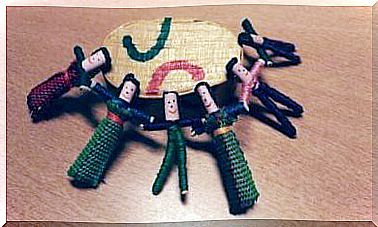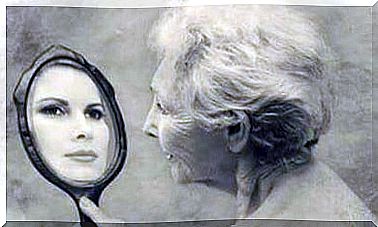Reversible Thinking: To Fight Cognitive Laziness

When you believe in something and someone else then gives you evidence that makes you doubt, you have two choices. One choice is to realize that you may be wrong, accept that your opinion is not right and then change this. This can mean that you use reversible thinking.
The second option is what most of us most often use: the opposite of the first. You stick to your views and refuse to change them. You close your eyes to other possibilities and stick to your point of view. And all of this is part of the amazing complexity of the human brain.
Reversible thinking: why is it so important?
Reversible thinking is the ability to reason in different directions. It is the ability to see things from one perspective but also from another perspective. This ability helps you solve complex problems and see all positions on the spectrum between two opposite poles.
It is a type of thinking that broadens your perspective and makes it easier to solve problems, whether it is personal or professional. Thanks to this “reversibility”, you can handle your problems in a more logical and direct way.
On the other hand, there is also a polarized thinking that is very exhausting. In this case, it is either one or the other. There are no intermediate solutions or any debate. The polarity will make you get stuck. It paralyzes you.
If you succeed in placing yourself on one of the midpoints of this spectrum, you will be able to benefit from the reversible thinking, the kind that really gets you started again.
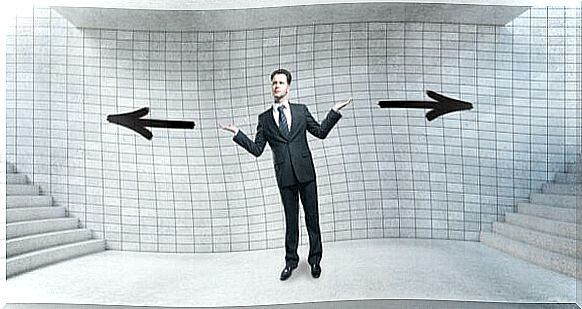
Blind for proof
Imagine that you have been walking through the forest for several hours and you are really hungry. On a mountain far away you see an apple tree. You start running towards it. You’re just focused on the good fruit.
But when you reach the top, you see that the apples are rotten. You can not eat them. But along the road you just ran, there were many different types of fruit trees. If only you had stopped and looked around you!
This is how the human brain works sometimes. And that’s why we behave so stupidly sometimes: we look straight ahead without turning our heads and see what’s going on around us.
We walk around and are blind. It’s not exactly stubbornness because it has more to do with character traits. What we really do is not allow ourselves to be converted.
8 ways you can react to evidence that goes against your views
There are 8 possible reactions when you have seen evidence that goes against what you believe in (Chinn and Brewer, 1933). The first three reactions go under the permanent thinking: to ignore facts, deny facts and omit facts.
The other five reactions fall under the reversible thinking: one does not judge, one reinterprets facts, one accepts facts, one makes minor changes concerning one’s perceptions or one accepts facts and changes one’s idea or perception.

Why do we not use reversible thinking?
Our brains are not as perfect as we think. One sees the brain as a perfect machine, which rationally analyzes things. But when it comes to changing thinking, you realize that it is far from perfect.
A lot is done to find facts, evidence and theories that will confirm one’s perceptions. It is not often that you go in another direction. If you have tried to look for evidence that goes against what you believe, your brain will see this as self-sabotage and try to get the idea out of your head.
All it takes is a small sign that you should feel that your perceptions are confirmed. A person who is convinced that tobacco is not bad for health will search thousands of websites until the person finds a single one who says that smoking makes one live longer.
And even if this is not true, you will still believe this if you do not have a reversible mindset. Of all the thousands of pages that said the exact opposite and the studies that showed that it is bad for health, you stick to the one that reinforces your perceptions.

Cognitive laziness
Have you ever heard of heuristics? It is a form of mental shortcut that your brain uses to conserve energy. If there are two paths to the same exit, your brain will try to take the one that involves the least amount of effort.
And that means you are guided by a principle of saving energy. It is uncontrollable, invisible and unconscious. It is also an explanation for why our brains like to look for facts that validate our theories even though there is much evidence that the opposite is more true.
If you want a reversible thinking, you must think in a logical and rational way. This means that you exert yourself in a way that your brain does not always want. It takes less energy to confirm your own opinion and stick to it. Our brains are cognitively lazy! It is extremely important to get all the other myths out of your head and remember that your brain will do anything to do less work.
It happens constantly in our daily lives. It may seem strange, but it’s something no one can escape. When you hear the facts, you have two choices. Either you stick to your opinion and do not care about the rest, or you broaden your perspective and consider other ideas.

